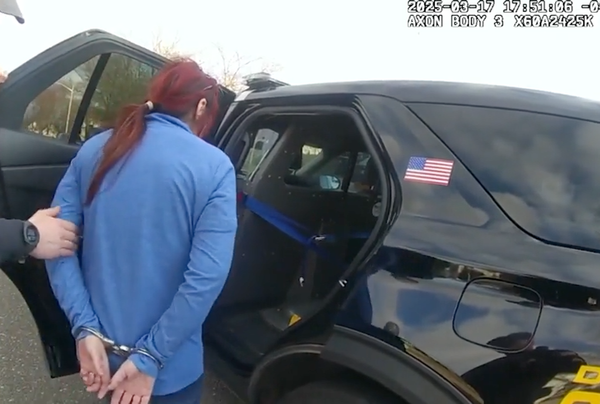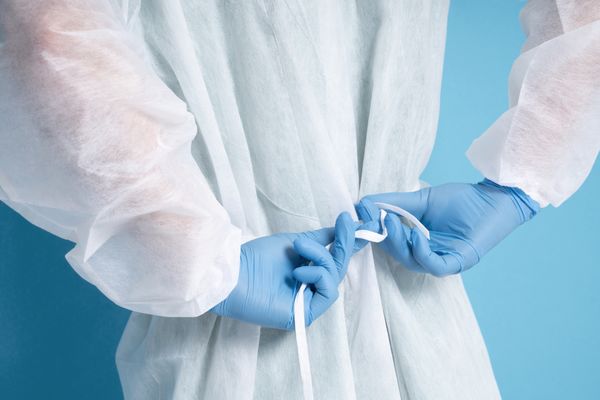Hundreds of Queenslanders are bitten by snakes each year, with reports peaking in the warmer months. So how can we keep safe when they're on the move?
Already this year nearly 100 snake bites have been called in to Queensland Ambulance Service (QAS), including three in a single night.
Sometimes those bites are fatal.
Over the weekend a 60-year-old Lockyer Valley man died after he was bitten on the hand by what was suspected to be a brown snake.
What to do if there is a snake
Biologist Christina Zdenek, a researcher at the University of Queensland's Venom Evolution Lab, said people should not to underestimate snakes, and call in a professional if one needs to be removed.
Most people are bitten on the leg, and many times it's when they attempt to move a snake.
"Our snakes are no joke to handle. Our venomous snakes move incredibly rapidly and when they feel like they need to defend themselves, they will do so quicker than you can blink an eye," Dr Zdenek said.
"Don't try to kill a snake. For one, it's illegal, for two it's barbaric. For three, we need snakes to keep rats out of crops, and it's a good sign of a healthy ecosystem."
How big a risk do snakes pose?
The number of reported bites in Queensland has been fairly stable year-to-year, with the ambulance responding to 846 in 2022, and 860 the year before.
QAS does not keep statistics on snake bite deaths.
Fatal bites are rare, with two to three each year nationally, Dr Zdenek said.
We may have many snakes but Dr Zdenek said "nobody should die from snake bite" in Australia.
"We are, counterintuitively, very lucky when it comes to snakes. We have effective first aid and that a compression bandage buys you time before getting to hospital," she said.
"Now, once you get to that stage, then we have great access to high-quality anti-venom.
"So we have several safety nets in Australia."
There isn't enough tracking of snake numbers to know whether their populations are growing or dropping, Dr Zdenek said.
However, she said more people working from home, and new developments being built in snake habitat and near bushland, it could lead to more sightings.
"Compared with 10 years ago, everyone now has a mobile phone at the ready to record snake interactions," she said.
"And then they post to YouTube or up on social media. And so we're probably just seeing a lot more of what has always been happening."
How to keep safe
QAS recommends Queenslanders take extra care to avoid snakes over summer, when there's a spike in reported bites.
"It's important to know snake bite first aid and have appropriate equipment especially if you live on a remote property where it may take longer for a paramedic to reach you," a QAS spokesperson said.
"Where possible, avoid walking through long grass, wear sturdy enclosed shoes and ensure you have quick access to a quality compression bandage."
If you are bitten, or helping someone who has been, avoid washing the wound as the hospital may need to test the bandage for venom to find out what snake it is.
Other tips from QAS include:
- Snake bite puncture marks are not always visible, so also be on the lookout for bleeding or scratches as signs of a bite
- Bandage over the snake bite firmly, then work up the limb starting at the extremities. Splint the limb to keep it straight and avoid unnecessary movements







